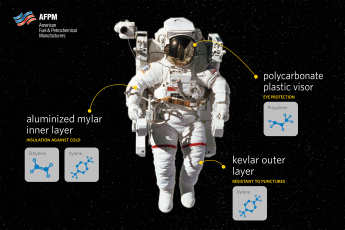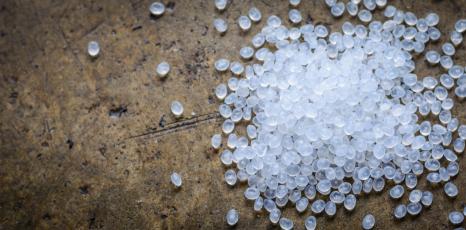Since the early 20th century, U.S. presidents have embraced automotive technology. President William Howard Taft, an early automobile enthusiast, broke the long presidential tradition of using horse-drawn vehicles and brought the presidency to more modern times with his use of the White steamer, a pre-gasoline steam-powered car. After some wrangling with opponents in Congress, he was able to obtain funding for the purchase of the first White House limousine fleet and to convert the White House stables to a garage.
Cars have played an important role for presidents through the years from the Sunshine Special, the first presidential state car built to Secret Service standards, during President Franklin D. Roosevelt's administration to President Ronald Reagan’s beloved 1962 Willys ‘Jeep’ CJ-6 to President Obama’s state car, nicknamed “The Beast.” To celebrate presidential motoring and national automotive heritage, AFPM is sponsoring the second “Cars at the Capital” event organized by the Historic Vehicle Association. The free event will be held at the National Mall in Washington D.C. from April 14-26.
With the evolution of the presidential car also has come an evolution in the number of petrochemical-based products used in these vehicles. Did you know that petrochemical-based plastics compose as much as 50% of the volume of some cars today? Use of these products is critical for reducing overall weight without compromising performance. By using key petrochemical building blocks such as ethylene, propylene, butadiene, styrene and benzene as starting materials, automotive manufacturers can produce many key parts such as:
- Ethylene/Propylene (EP) elastomers that are used in a wide variety of non-tire automotive applications, including radiator and heater hoses, belts, chassis parts, weather strips, door and window channel seals, brake parts, tubing, protective strips and hydraulic seals.
- Polyethylene terephthalate (PET) and polybutylene terephthalate (PBT) that are used in under-the-hood applications due to their chemical resistance to automotive fluids, dimensional stability, processability, high heat resistance and good ductility.
- Acrylonitrile-butadiene-styrene (ABS) resins that are used in both interior and exterior automotive parts/components including instrument panels, consoles, ducts, door post covers, door lock components, knobs, front radiator grilles and headlight housings.
- Polycarbonate (PC) that is used for body panels, instrument panels and door panels. PC/ABS is consumed in wheel covers, window guides, mirror housings and other exterior trim applications.
- Polyamide (PA) that is used to make fuel systems, exterior trim and liquid reservoirs.
- Styrene-butadiene rubber (SBR) that is widely used in automobile tires, radiator and heater hoses, various body and chassis parts, some bumpers, weather strips as well as door and window seals.
The current presidential state car also includes some high tech equipment (likely made from petrochemicals) including puncture-resistant tires, foam sealed fuel tank, bulletproof glass and night vision cameras. However, if you want more details, I’m sorry to say “that’s classified.” At the end of the vehicle’s use, modern presidential state cars are dismantled to prevent their secrets from being known to outside parties.
I encourage you to head to the National Mall to check out some past presidents’ vehicles and reflect upon the improvements we’ve made from Taft to today.
Join the Historic Vehicle Association at this second annual automotive heritage exhibit at the National Mall in Washington D.C. The 2016 Cars at the Capital event will celebrate Presidential Motoring and National Automotive Heritage, an exhibition that celebrates both the dawn of the automobile ownership in the United States as well as the transition of the ‘Jeep’ from commercial use to a popular consumer product./p>
The exhibition will be presented on the National Mall between the National Gallery of Art and the National Air & Space Museum. President Taft’s 1909 Steam car will be on display from April 14 –19; and President Reagan’s 1962 Willys ‘Jeep’ CJ-6 will be on display from April 20 – 26. The event is free and open to the general public.


